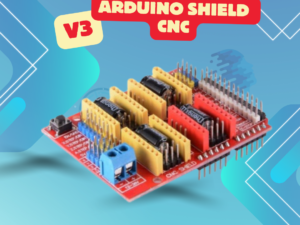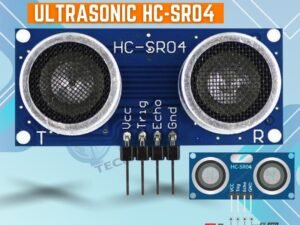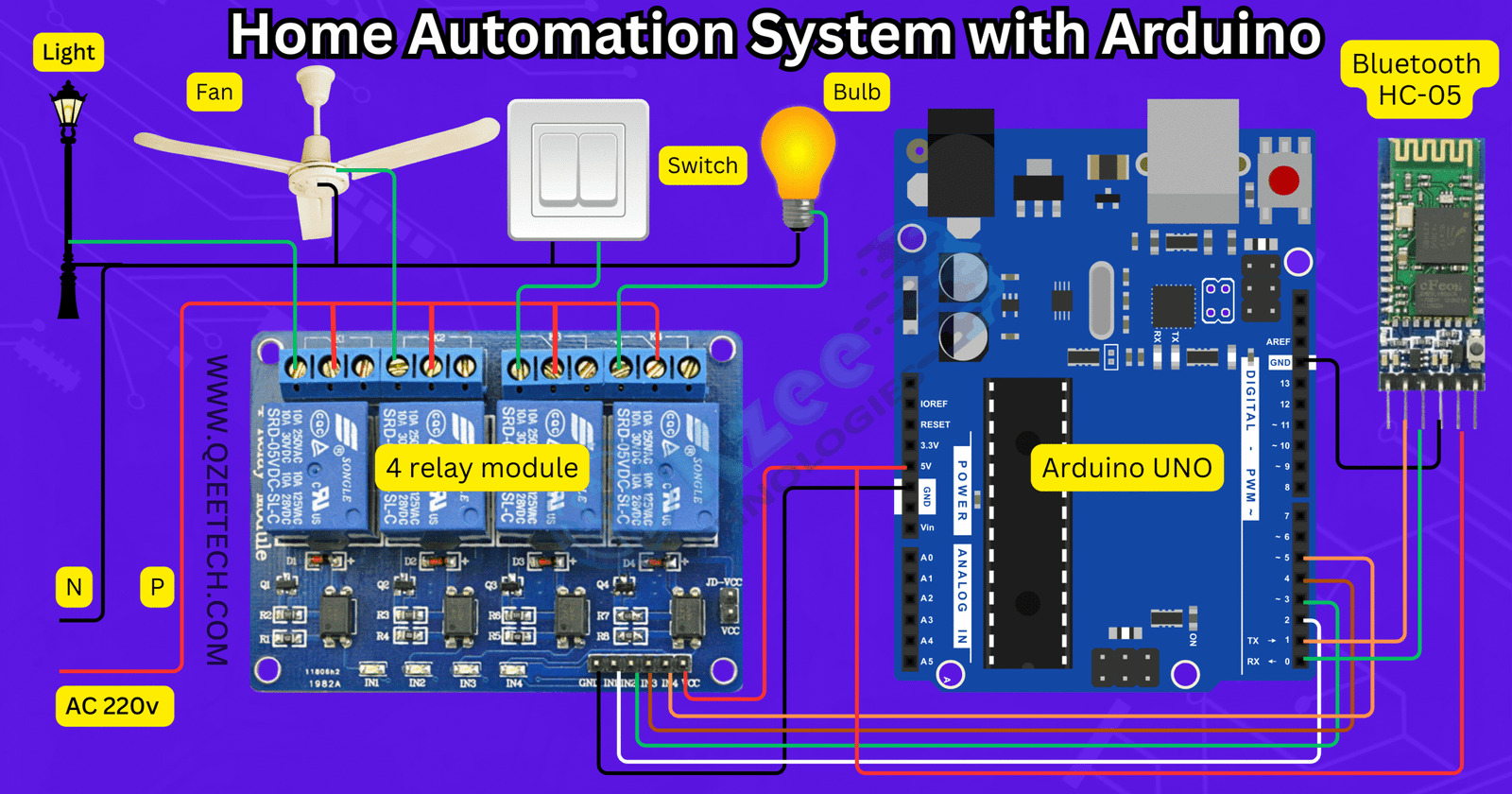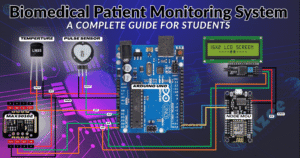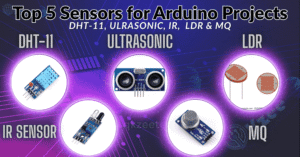How to Build a Home Automation System with Arduino – Step-by-Step Guide
How to Build a Home Automation System with Arduino – Step-by-Step Guide
Introduction
Why Home Automation with Arduino is the Future
Home automation is transforming the way we live. From controlling lights and fans to managing industrial automation systems, smart technology is now accessible to everyone — not just big companies.
For engineering students, hobbyists, and even professionals in engineering universities, Arduino-based home automation is one of the most popular student projects and final year projects. It’s affordable, customizable, and a great way to learn electronics, coding, and automation.
At QKZee Technologies, founded by Qasim Shahzad and supported by Zeeshan M Shahd, we’ve seen hundreds of students from Lahore’s Hall Road electronics market to top engineering universities build similar systems for engineering projects and DIY home automation.
Why Choose Arduino for Home Automation?
- Low Cost: Arduino boards are budget-friendly and available at Hall Road, Lahore.
- Customizable: Add features like voice control, mobile apps, or IoT integration.
- Beginner-Friendly: Perfect for DIY enthusiasts and engineering service providers.
- Scalable: Can be expanded for industrial automation or large-scale smart homes.
Components Required
To build your Arduino home automation system, you’ll need:
- Arduino Uno (or Arduino Mega for more devices)
- Relay Module (4-channel or 8-channel)
- Jumper Wires
- Breadboard
- Power Supply (5V for Arduino, 220V AC for appliances)
- Electrical Devices (bulbs, fans, switches, power plugs, etc.)
- Control with: Bluetooth Module (HC-05) or Wi-Fi Module (ESP8266)
Tip: If you’re sourcing parts in Pakistan, QKZ Tech Hall Road is a great place to find affordable components for student projects and final year projects.
Step 1 – Understanding the Relay Module
A relay module acts as a switch that allows Arduino to control high-voltage devices. This is essential for engineering projects where you need to control or switch appliances safely.
Step 2 – Circuit Diagram & Wiring
- Connect VCC of the relay to Arduino’s 5V pin.
- Connect GND of the relay to Arduino’s GND.
- Connect IN1, IN2, IN3, IN4 to Arduino digital pins (e.g., D2-D3-D4–D5).
- Connect appliances to the relay’s COM and NO terminals.
- FOR AC Devices Phase will be at COM point, Natural Will Connected with Devices, and 1 point Will Attached NO of Relay Module.
- Bluetooth TX connected with Arduino RX
- Bluetooth RX Connected with Arduino TX

Safety Note: Always disconnect power before wiring AC devices — especially in engineering service or industrial automation setups.
Step 3 – Arduino Code
int relay1 = 2;int relay2 = 3;int relay3 = 4;int relay4 = 5; void setup() { pinMode(relay1, OUTPUT); pinMode(relay2, OUTPUT); pinMode(relay3, OUTPUT); pinMode(relay4, OUTPUT);} void loop() { digitalWrite(relay1, HIGH); delay(1000); digitalWrite(relay1, LOW); delay(1000);}
This basic code can be expanded for DIY final year projects or industrial automation.
Step 4 – Adding Wireless Control
- Bluetooth (HC-05): Control devices from your phone — great for student projects.
- Wi-Fi (ESP8266): Control devices from anywhere — ideal for engineering universities and industrial automation.
Step 5 – Testing & Troubleshooting
- Check wiring and Arduino pin assignments.
- Ensure correct power supply.
- Use Serial Monitor for debugging — a skill valued in engineering service jobs.
Step 6 – Possible Upgrades
- Motion Sensors for automatic lights.
- Temperature Sensors for climate control.
- Voice Control via Google Assistant or Alexa.
- Integration with Industrial Automation Systems for factories or labs.
Conclusion
Whether you’re a student at an engineering university, a DIY hobbyist, or part of an engineering service company, building a home automation system with Arduino is a rewarding project.
At QKZee Technologies, we’ve helped countless students and professionals turn their final year projects into real-world solutions — from Hall Road workshops to industrial automation setups.
Start small, keep learning, and soon you’ll have a smart home system that’s uniquely yours.
Where to Buy Your Electronics Components
Looking for affordable components for this Arduino project? Check out QKZee Technologies, an online shop in Lahore, Pakistan, offering the best components for students and DIY projects. Whether you’re looking for sensors, modules, or other electronics at a cheap price, they’ve got it all. Visit them at QKZeeTech.
Can I use a different transformer?
Yes, any transformer with 7-12V AC output will work (e.g., 220V to 12V)
Why not use a phone charger directly?
This project teaches power electronics fundamentals - great for learning!
How much current can this supply?
Up to 1A with proper heat sinking (less without heat sink)
Can I use this converter in my final year project or science project?
Definitely! This 12V to 5V converter is perfect for student projects, final year projects, DIY systems, Arduino automation, and school science projects. It's widely used in universities and technical colleges across Pakistan.
Where to buy components in Pakistan?
visit QKZee Technologies Hall Road Lahore, or contact QKZee Technologies for genuine parts and student-friendly prices


